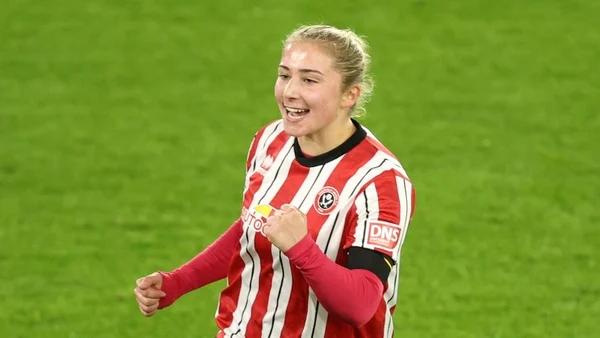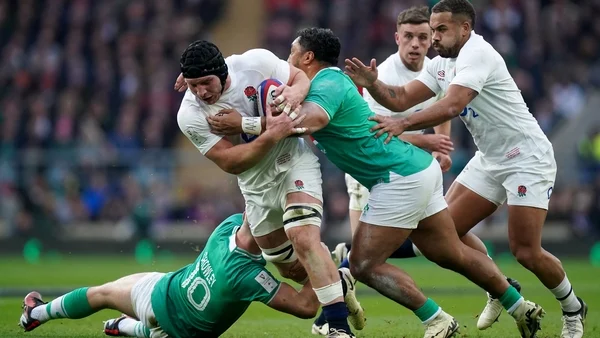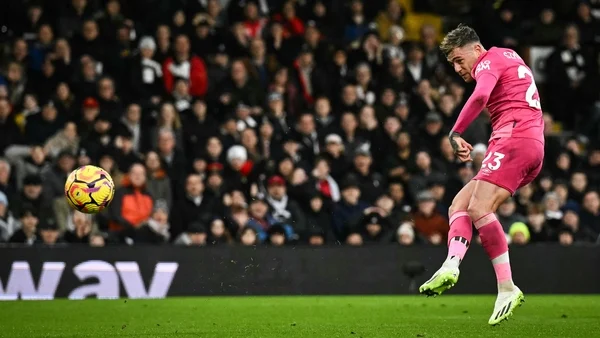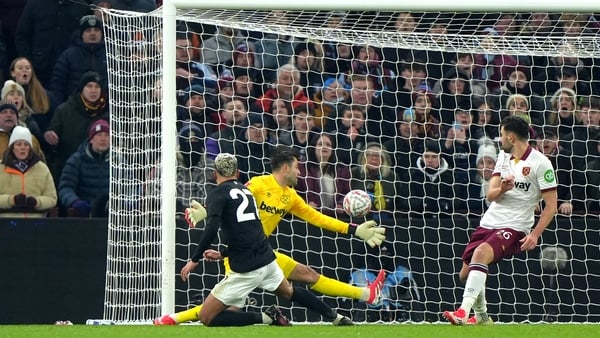Five weeks and counting till the start of the Allianz Football League.
And then we'll see the how the rule changes proposed by Jim Gavin's Football Review Committee actually play out in the white heat of battle.
Early January does see the start of the Sigerson Cup and Trench Cup but the higher education competitions committee confirmed recently that those competitions will be played under existing regulations.
The proposed new rules were trialled at a one-off inter-provincial competition at Croke Park in October, following which proposals for four-point goals and two-point 45s were abandoned.
So, that leaves is with: 1v1 throw-in; kick-outs to travel beyond a 40-yard arc; where and when a goalkeeper can receive a pass from a team-mate; each team to keep three outfield players in the opposition half at all times; changes to the advanced mark; two points for a kick over the bar from outside the 40-metre arc; the solo and go.
FULL EXPLANATION OF PROPOSED RULE CHANGES
Since the GAA's Special Congress on 30 November, which gave a resounding backing to the rule changes, Jim Gavin and his committee have been in constant contact with all stakeholders: referee bodies, coaches and administrators - as to the application of such rules. They also have been attending inter-county training sessions.
It's now the Friday before Christmas and Gavin, in a media briefing, again is espousing the view that Gaelic football can be the "best amateur sport" in the world.
The establishment of a 'games intelligence unit' that tracks the data on what impact, positive or negative, the new rules are having on the field of play will be key.
"We need to engage with the counties and say for the benefit of this we need to get raw data"
It is intended that such data on a player's high-speed running, maximum-sped running, kick-passing, hand-passing and how often each rule change comes into play be published on a Tuesday or a Wednesday after each round of the upcoming league.
And while managers will be asked to submit data from players' GPS devices, the information gathered, which does not reveal the player or county, will then be fed into a data controller in the games intelligence unit.
"You won't know which particular teams we're talking about for GDPR reasons so we'll be pushing out division by division what we are seeing in comparison to the previous years," said Gavin.
The former Dublin player and manager is hopeful that managers will play their part in helping to gather as much relevant information as possible.
"We need to engage with the counties and say for the benefit of this we need to get raw data.
"I won't know who it is, it simply goes into what's called a data controller in the games intelligence unit. They then crunch the figures.
"We’ll know it’s a Division 3 team but we won’t know what team it is. We need to work together on that to protect the integrity of one, the player, from a GDPR perspective. I’ll have signed a NDR (non-disclosure agreements) that even if somebody did tell me I’m not going to tell anybody. We just need to respect that."
Can those attending games from the end of January and beyond have their say? Yes, they can.
Match programmes will include a QR programmes where supporters can tick, by way of surveys, what they like and don't like.
Changes to any of the proposed rules during the course of the league could arise, but Gavin did stress that the break between the Allianz Leagues and the championship would be the most satisfactory time to adapt any alterations. That said, the aforementioned break is only one week.
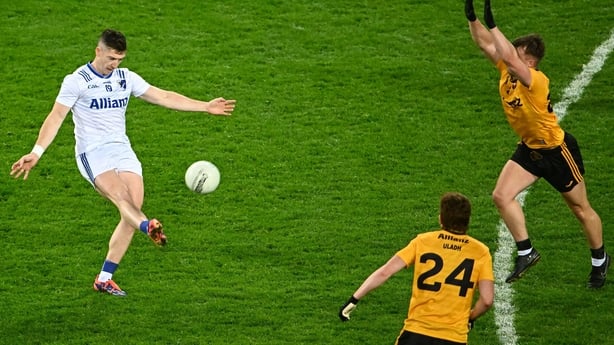
In relation to two-point scores, Gavin, not surprisingly, expects goalkeepers and defenders to try and get a touch on the ball before it sails over the bar, so reducing the score to one point.
"We would have encouraged back in the day, if you can stop that ball going over the bar, stop the ball going over the bar. Just stop the score. So we would always expect that the ball could come back and the goalkeeper might try and flick it on and you would have seen that. I’d expect my goalkeepers to get a touch on it."
Sticking with the two-point scores, how will scoreboard operators and journalists reflect this addition? The obvious solution would be as Gavin put it: "one, two, three" - goals, two-pointers and points.
"What we're hearing as well is there's not that many two-pointers in the county in internal games. Maybe in wet conditions because of winter but there are a few every game.
"For reporting, it does make sense that it’s standardised across all publications and to me the logical one would be one-two-three. I’m agnostic really, the scoreline should tell the story of the game."

